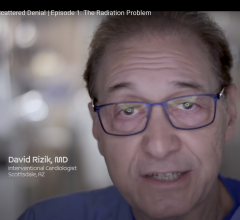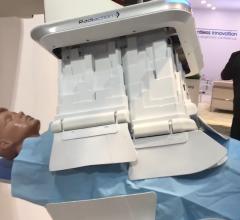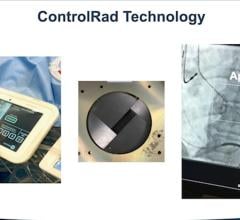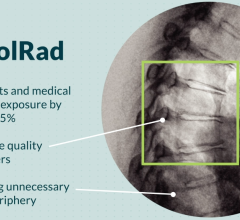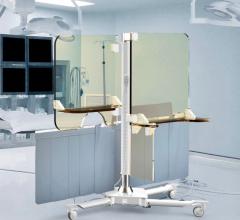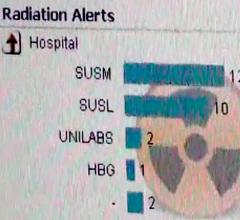
January 18, 2017 — In an article published in the January 2017 issue of The Journal of Nuclear Medicine, researchers assert that exposure to medical radiation does not increase a person’s risk of getting cancer. The long-held belief that even low doses of radiation, such as those received in diagnostic imaging, increase cancer risk is based on an inaccurate, 70-year-old hypothesis, according to the authors.
“We have shown that the claim made by Hermann Muller during his 1946 Nobel Lecture that all radiation is harmful, regardless of how low the dose and dose rate — known as the linear no-threshold hypothesis (LNTH) — was a non-sequitur unrecognized by the radiation science community,” stated Jeffry A. Siegel, Ph.D., president and CEO of Nuclear Physics Enterprises, Marlton, N.J. “Since then, it has repeatedly been shown that the dose-response relationship may reasonably be considered to be linear but only down to a threshold, below which there is no demonstrable harm and even often benefit. Yet, the LNTH still rules radiation regulatory policy.”
Siegel said that policies based on the presumption of harm at every dose level and proposing using lower and lower dosing for computed tomography (CT), X-ray, and nuclear medicine imaging studies — known as the ALARA (as low as reasonably achievable) doctrine — help reinforce existing widespread fear of radiation (radiophobia) in both physicians and patients, due to decades of misinformation. He emphasized, “This fear is unjustified by any scientific findings and is discredited by most experimental and epidemiological studies, which show that low-dose radiation, instead, stimulates protective responses provided by eons of evolution, resulting in beneficial effects.”
Citing numerous studies, the authors assert the LNTH and ALARA are fatally flawed, as they focus only on molecular damage while ignoring protective, biological responses. Low doses of radiation stimulate protective responses and provide enhanced protections against additional damage over time, including damage from subsequent, higher radiation exposures.
Evidence presented demonstrates a reduced, not increased, cancer risk at radiological imaging doses. The Life Span Study (LSS) atomic-bomb survivor data show the LNTH-predicted, low-dose carcinogenicity is invalid below approximately 200 mGy. The effective dose of a typical computed tomography (CT) scan is about 10 mSv; a positron emission tomography (PET)/CT brain scan, 5-7 mSv; and a routine whole-body F-18 FDG PET/CT scan, 12-15 mSv. Thus, medical imaging's much lower doses for children or adults should not be feared or avoided for radiophobic reasons. The authors reason that the actual risk of misdiagnoses from inadequate dose, or from phobia-driven avoidance of needed imaging studies, should be the main concern.
Siegel advocated for the safety and life-saving benefits of medical imaging, saying, “The task before us is to undo the public’s groundless fears of low-dose radiation exposure. The medical profession must be properly re-educated, beginning with diagnostic radiologists and nuclear medicine physicians, and only then can the public be given valid information that they can trust. Furthermore, defeating the LNTH and its offspring ALARA may lead to new ways of diagnosing and treating illness, and, even more importantly, preventing it.”
For more information: www.jnm.snmjournals.org
Reference:
1. Siegel, J.A., Pennington, C.W., Sacks, B. “Subjecting Radiologic Imaging to the Linear No-Threshold Hypothesis: A Non Sequitur of Non-Trivial Proportion,” The Journal of Nuclear Medicine. Published online Aug. 4, 2016. doi: 10.2967/jnumed.116.180182


 May 20, 2025
May 20, 2025 
